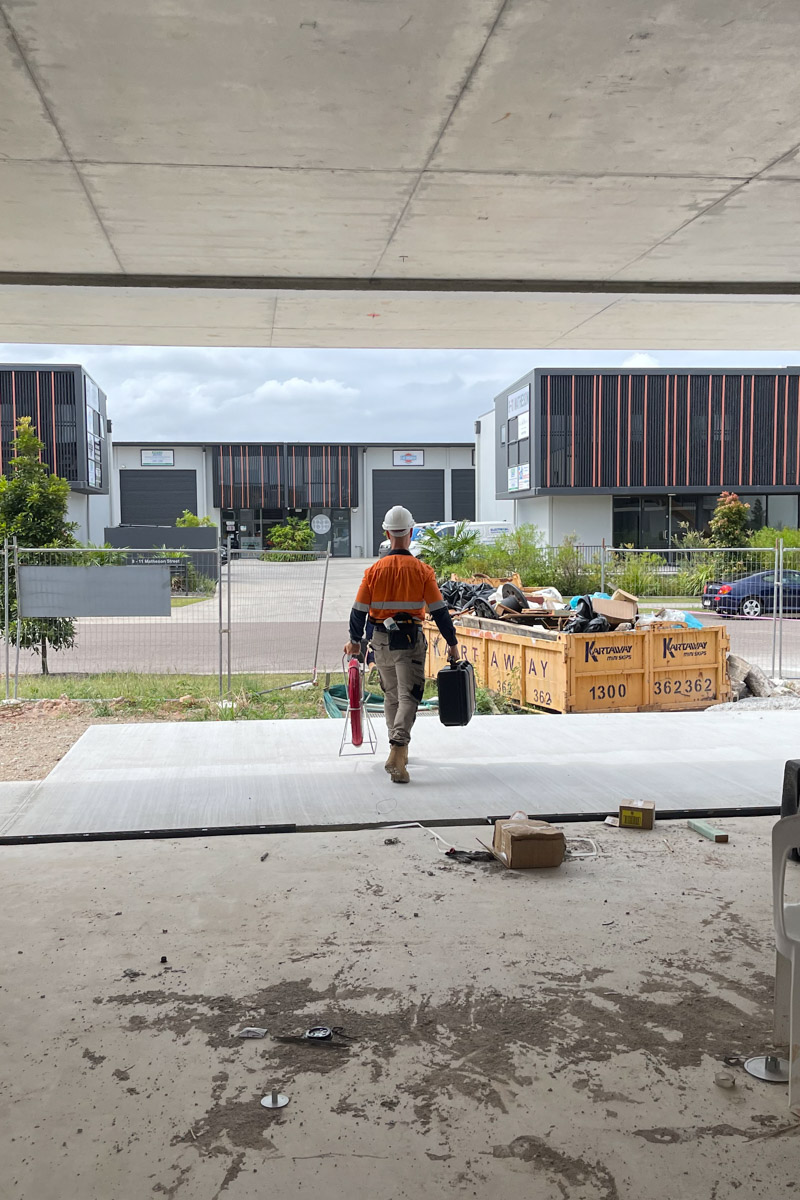In the bustling urban landscapes of southeast Queensland, Australia, and beyond, the subterranean world is a complex web of utilities - water, sewage, electricity, and telecommunications. At South-East Scanning, we understand that accurately locating and mapping these underground utilities is crucial for construction, maintenance, and emergency works. Ground-penetrating radar (GPR) has emerged as a revolutionary tool in this endeavour. This article delves into the challenges posed by urban environments and how GPR technology provides solutions for effective utility locating.
Urban Complexities and Challenges
The urban underground is a maze of existing utilities, often densely packed and layered over time. This complexity poses significant challenges:
- Dense Infrastructure: Urban areas have a high density of utilities, often with legacy systems intertwined with modern installations.
- Signal Interference: The presence of metallic structures and electrical noise in cities can interfere with traditional detection methods.
- Access Restrictions: Urban environments often have limited physical space and regulatory constraints, making traditional excavation methods risky and impractical.
- Safety Concerns: Striking a utility line can have serious safety implications, including service disruptions, physical harm, and financial penalties.
GPR Technology: A Game Changer
Ground-penetrating radar is a non-invasive technology that uses electromagnetic waves to image the subsurface. Here’s how GPR addresses urban utility locating challenges:
- High-Resolution Imaging: GPR provides detailed images of the subsurface, allowing for the identification of different types of utilities, regardless of material.
- Minimises Signal Interference: Unlike metal detectors, GPR is less affected by urban electrical noise and can distinguish between different types of underground objects.
- Non-Destructive Approach: GPR eliminates the need for excavation, reducing the risk of damaging existing utilities and making it ideal for congested urban areas.
- Enhanced Safety: By accurately locating utilities, GPR minimises the risk of accidental strikes, ensuring the safety of workers and the public.
Case Studies and Success Stories
At South-East Scanning, we have numerous success stories where GPR has been instrumental in urban utility detection. For instance, in a recent project in Brisbane’s CBD, GPR was used to map underground utilities ahead of a major commercial construction project, preventing costly delays and ensuring worker safety.
The Future of Urban Utility Locating
The integration of GPR technology with other geospatial tools, like GPS and GIS, is revolutionising urban utility management. Future advancements in GPR technology promise even greater accuracy and efficiency, making it an indispensable tool in the urban landscape.
Navigating the urban underground is fraught with challenges, but ground-penetrating radar offers effective solutions. At South-East Scanning, we’re committed to leveraging the latest GPR technology to ensure accurate, safe, and efficient utility locating in urban environments. Our expertise and technology are not just about mapping the unseen – they’re about planning for a safer, more efficient future.
For more information on our services and how we can assist with your next project, visit us at www.southeastscanning.com.au.
